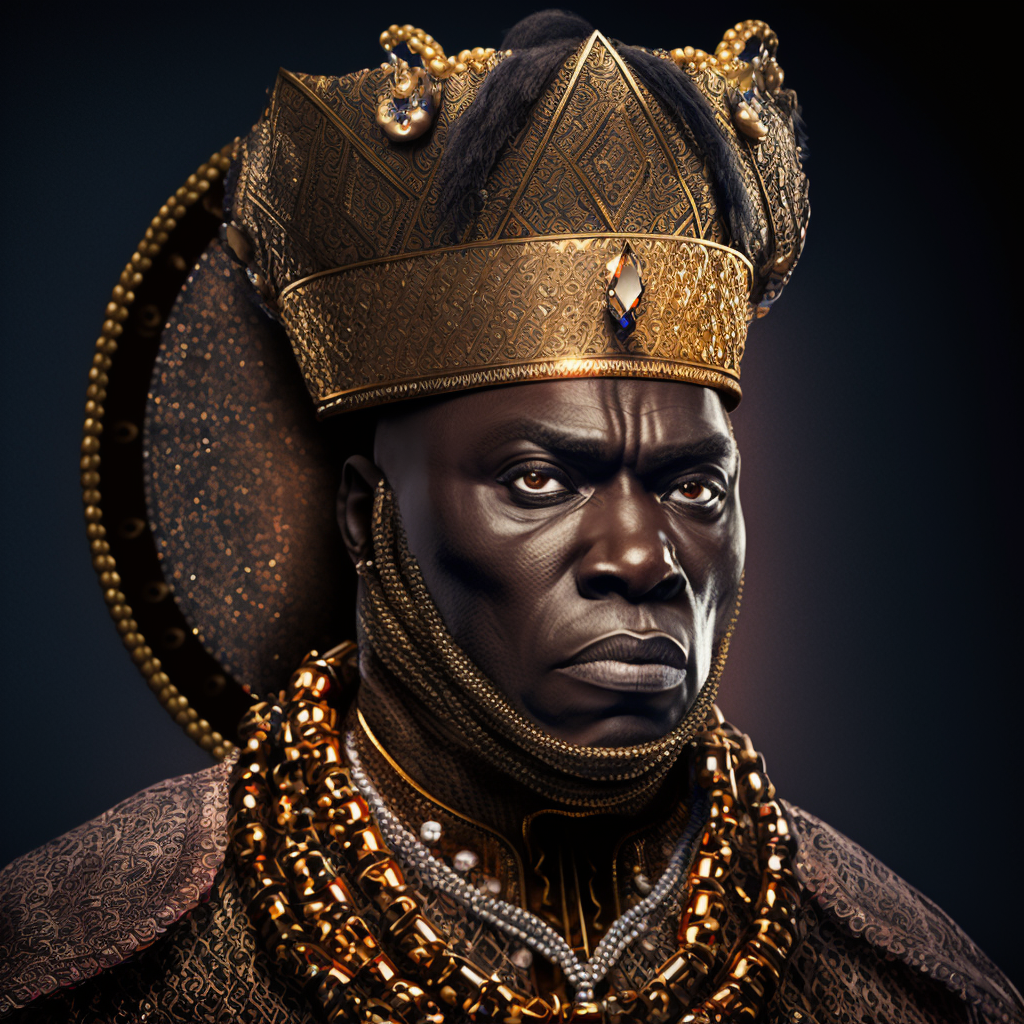
Mansa Musa was a 14th-century ruler of the Mali Empire in West Africa. He is widely regarded as the wealthiest individual in history, with his wealth largely derived from the empire’s vast resources, including gold and salt mines.
1312-1337: Early Reign and Expansion of the Empire
Mansa Musa came to the throne in 1312 after the death of his predecessor, Abu Bakr II. During the early years of his reign, he focused on consolidating the empire and expanding its borders through military conquest. He also worked to establish diplomatic relationships with neighboring states, including the Kingdom of Ghana.
1324: Pilgrimage to Mecca
In 1324, Mansa Musa embarked on a pilgrimage to Mecca, a journey that would cement his reputation as a wealthy and powerful ruler. He was said to have brought along a large entourage, including thousands of slaves and servants, as well as gold that he used to finance the trip and make lavish gifts to those he encountered along the way. This pilgrimage helped to establish Mansa Musa as a prominent figure in the Islamic world and increased the prestige of the Mali Empire.
1337-1360: Golden Age of Mali
During the mid-14th century, the Mali Empire reached its height of prosperity and power. Mansa Musa continued to expand the empire, and he also initiated a number of major construction projects, including the building of mosques, palaces, and universities. He was also known for his support of the arts, particularly music and literature, which flourished during this period.
1360-1364: Decline and Death
Towards the end of his life, Mansa Musa faced a series of challenges, including succession disputes and military threats from neighboring states. Despite these difficulties, he continued to rule the empire until his death in 1364.
Mansa Musa’s legacy continues to be felt in West Africa, where he is remembered as a visionary leader who transformed the Mali Empire into one of the most powerful and prosperous states in the world. His wealth, power, and influence helped to shape the course of West African history, and he remains one of the most famous figures in the region’s past.
1364-1367: Succession and Aftermath
After Mansa Musa’s death, the Mali Empire was faced with the challenge of finding a new ruler. His son, Maghan I, took the throne, but he proved to be an ineffective leader and the empire began to decline. During this time, the empire was threatened by rival states and internal conflict, and the once-powerful state began to crumble.
Despite the decline of the empire, Mansa Musa’s reputation as a wealthy and powerful ruler lived on. His pilgrimage to Mecca and lavish spending along the way helped to spread knowledge of West Africa’s wealth and prosperity throughout the Islamic world, and his reputation as a ruler who supported the arts and initiated major construction projects has made him a symbol of Mali’s golden age.
Today, Mansa Musa remains one of the most well-known figures in West African history. His story serves as a reminder of the wealth, power, and influence that once existed in the region, and of the impact that visionary leaders can have on shaping the course of history.
Reference:
The piece of art was expertly crafted utilizing Midjourney as the subject, depicted as he was envisioned to appear during that time period.
The written component of this blog was composed with the assistance of ChatGPT, a sophisticated language model developed by OpenAI.



